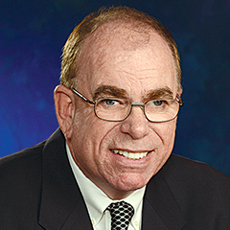
Ask not for whom the Centers for Medicare & Medicaid Services staffing proposal tolls, long-term care provider. It tolls for thee.
And today is your last chance to let federal regulators know what you think about an unfunded staffing proposal that could cost nursing homes billions of dollars to implement.
This most burdensome regulatory proposal in decades has sparked intense industry blowback. In fact, more than 26,000 comments had already been submitted before the final weekend started.
As McKnight’s earlier reported, the Ensign Group has rallied approximately 1,500 submissions from its partners and affiliates. Similarly, Cascadia Healthcare has contributed over 400 comments, and Diversicare has provided more than 500 unique comments. Their proactive involvement underscores the rule’s significance for the industry.
Diversicare CEO Steve Nee pointed out that the rule aims to enhance care quality but has several inherent flaws. These include the rule’s rigid staffing ratio, potential financial implications, the ongoing workforce shortage, and the possibility of limiting access to care.
Quality Life Services Chief Administrative Officer Susie Tack Beardsley, representing a family-owned company in Pennsylvania, highlighted the challenges of navigating state-specific staffing requirements that conflict with CMS proposals. Beardsley emphasized the urgent need to reconsider the proposed staffing ratios.
Administrator Brittney Bright from Radford Health & Rehab Center supported increased staff and higher quality outcomes but stressed the need for realistic solutions to address the workforce shortage and funding constraints. She suggested investing in programs to attract and train healthcare workers, offering nursing student scholarships, and enhancing front-line staff salaries.
Cindi Janzing, a Social Services Coordinator at Good Samaritan Society Miller, shared the harsh realities of rural nursing homes in South Dakota, emphasizing the potential consequences of forcing compliance with RN hiring standards. Janzing made several recommendations, including allowing virtual RN support, loan forgiveness policies, increased funding, prioritizing permanent staff over agency workers, and addressing the national nursing shortage.
Donny Pelligrino, Director of Financial Services at Bridgeway Senior Healthcare, highlighted the persistent staffing issues in the long-term care industry, exacerbated by the COVID-19 pandemic. He noted the need for full funding, a 5-year phase-in period, and the inclusion of staff other than RNs and CNAs in the hourly requirements.
I can’t overemphasize how important it is for all nursing home providers to make their voices heard on this matter. Active participation in the comment process can dramatically affect whether and to what extent new staffing rules are enacted.
But don’t delay. Tomorrow will be too late.
John O’Connor is editorial director for McKnight’s.
Opinions expressed in McKnight’s Long-Term Care News columns are not necessarily those of McKnight’s.



